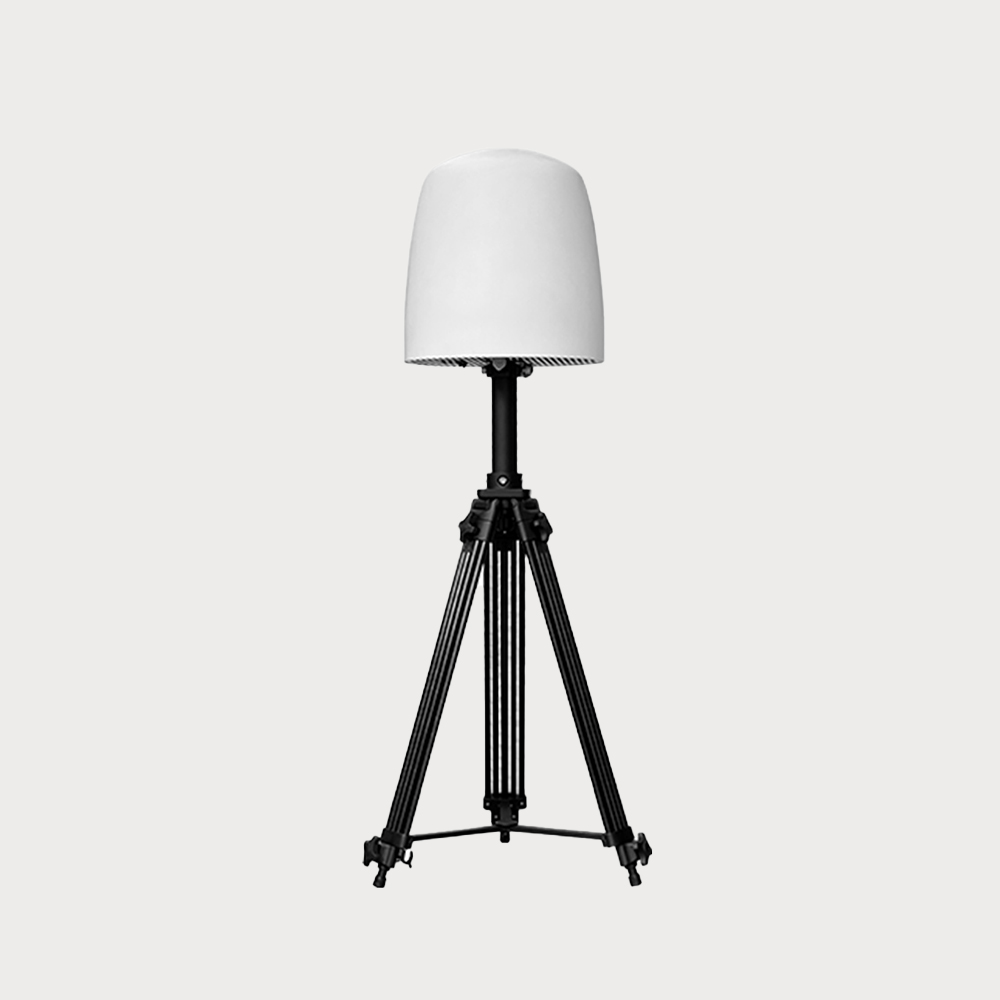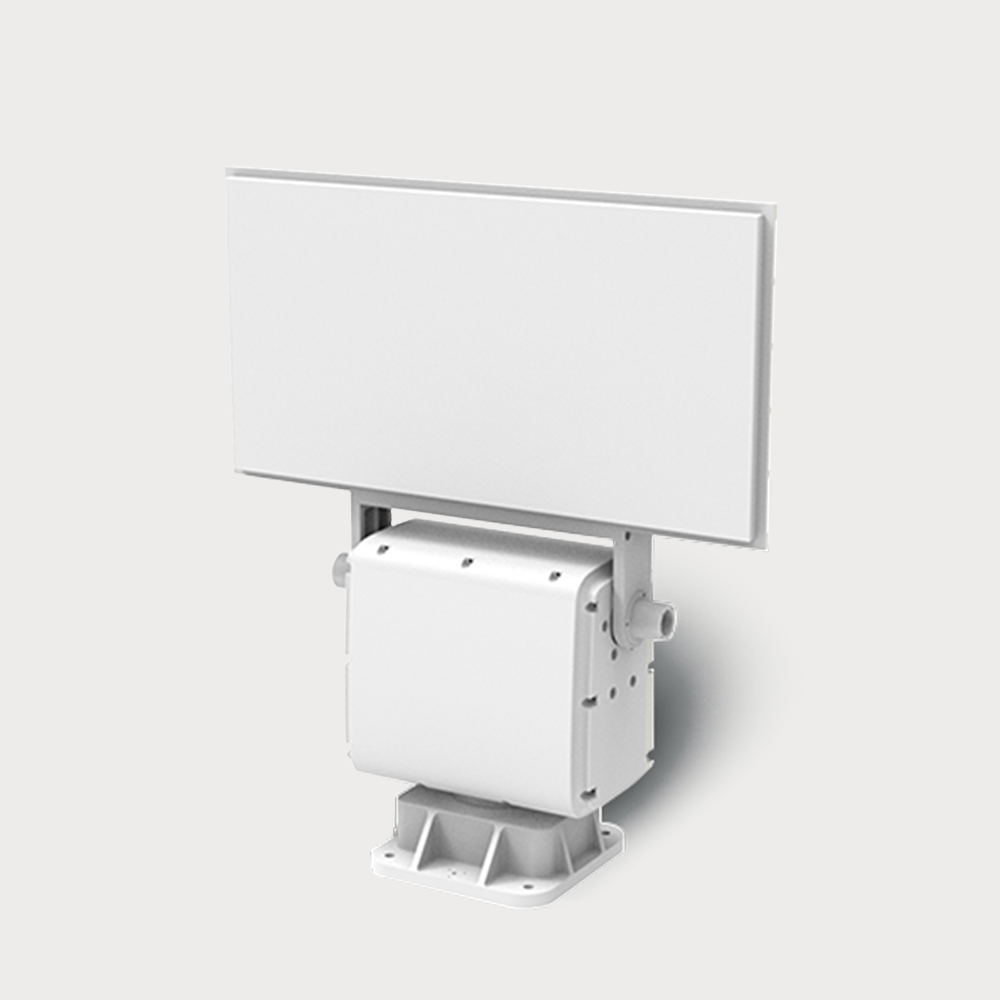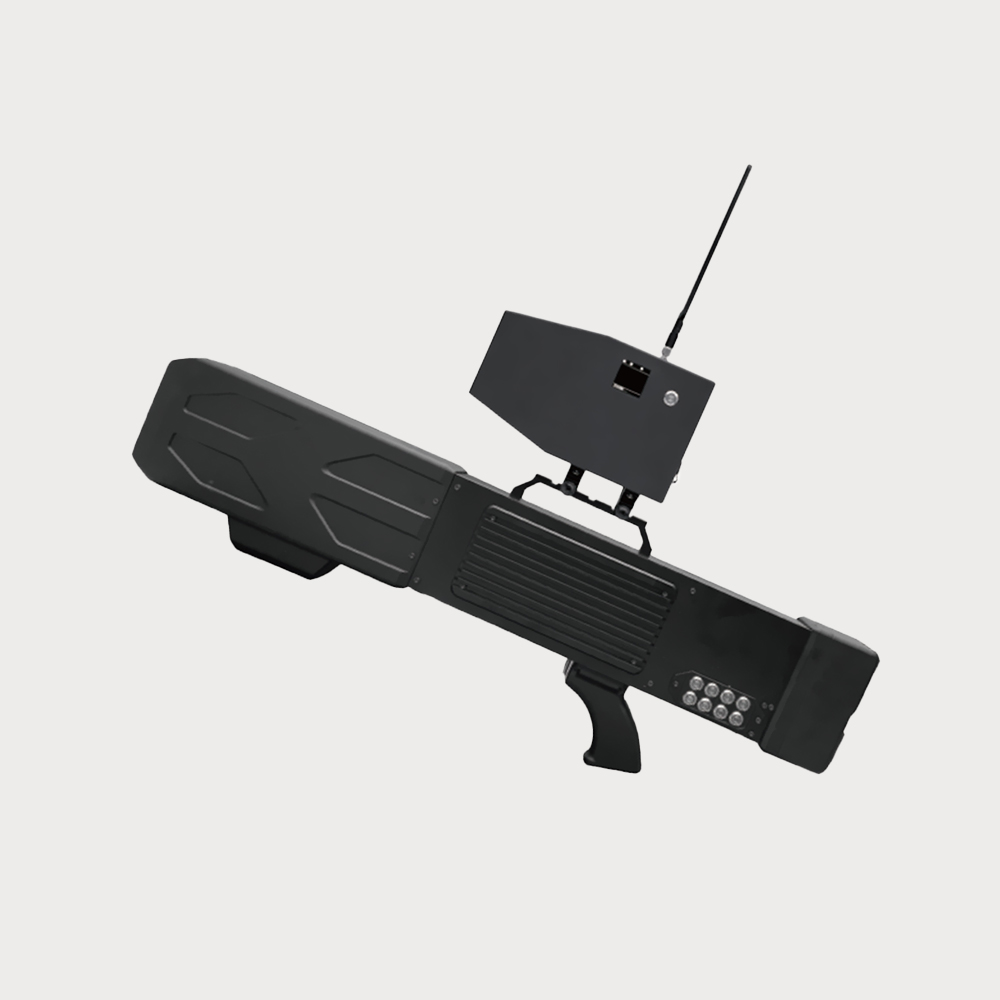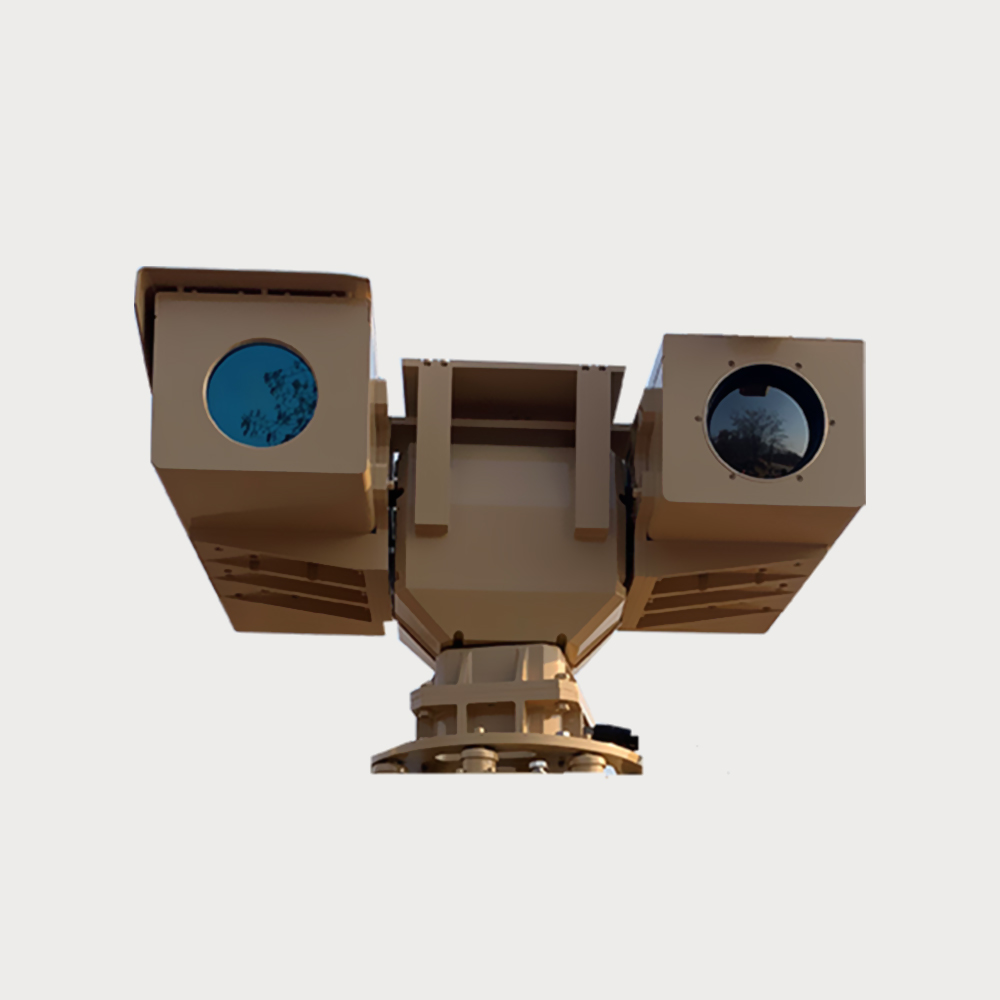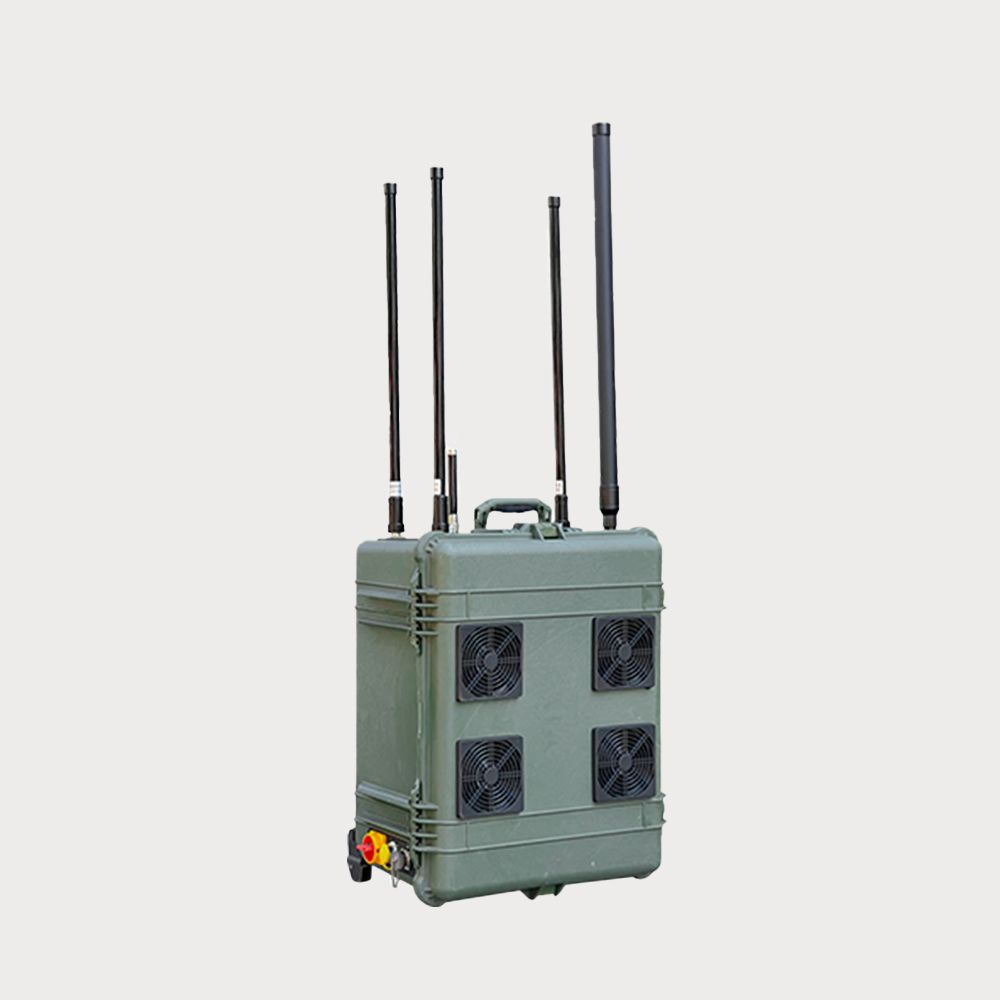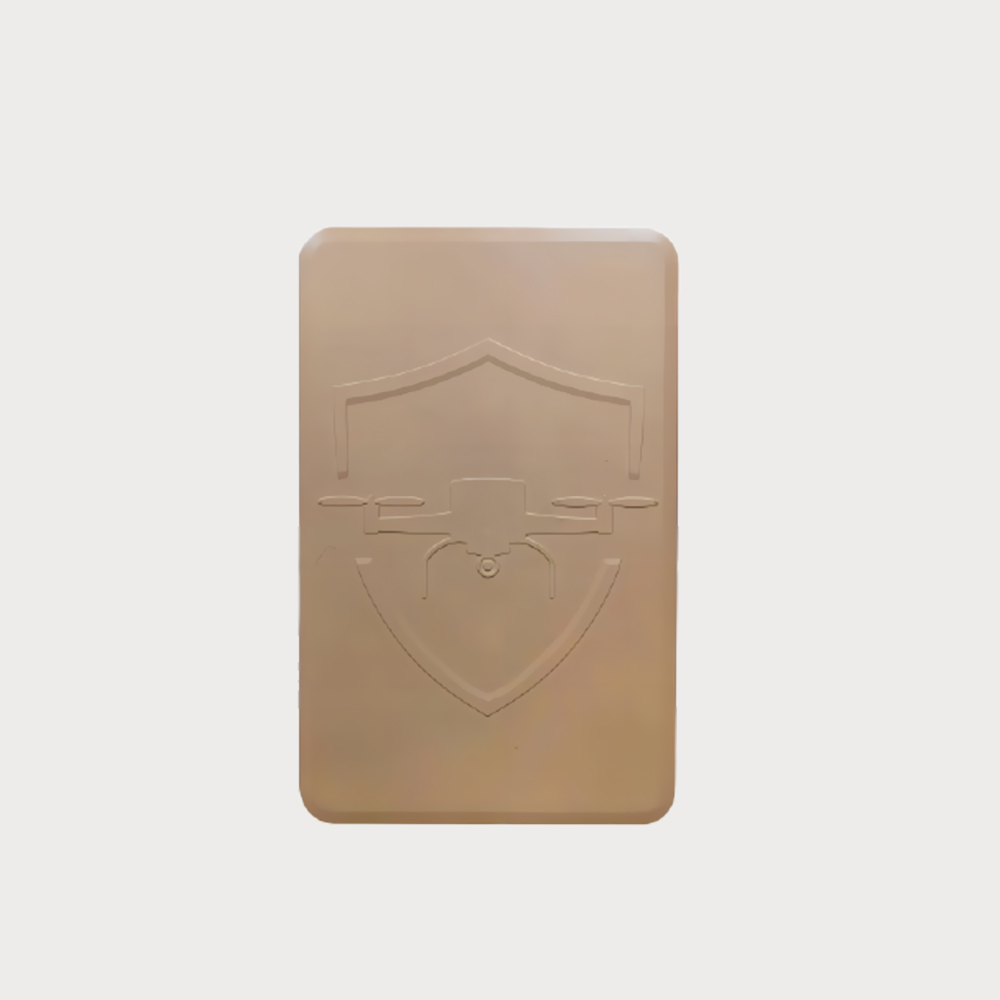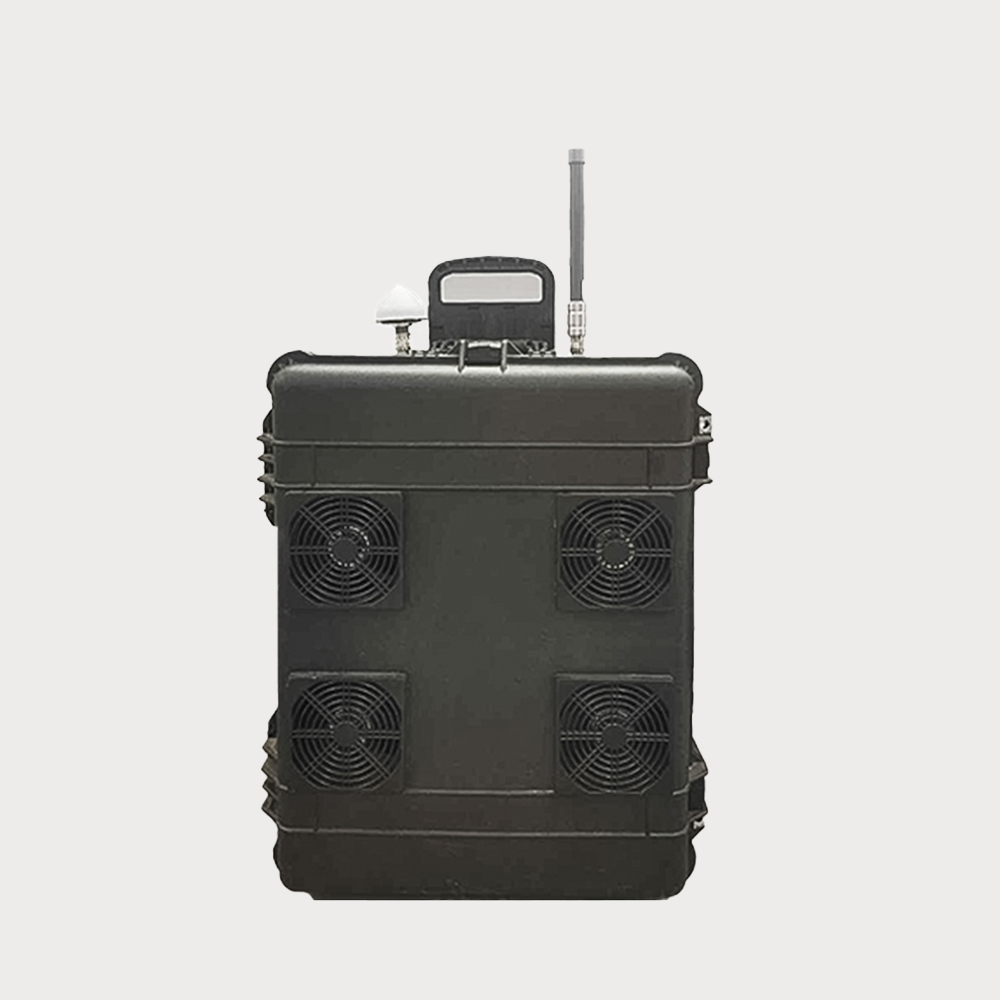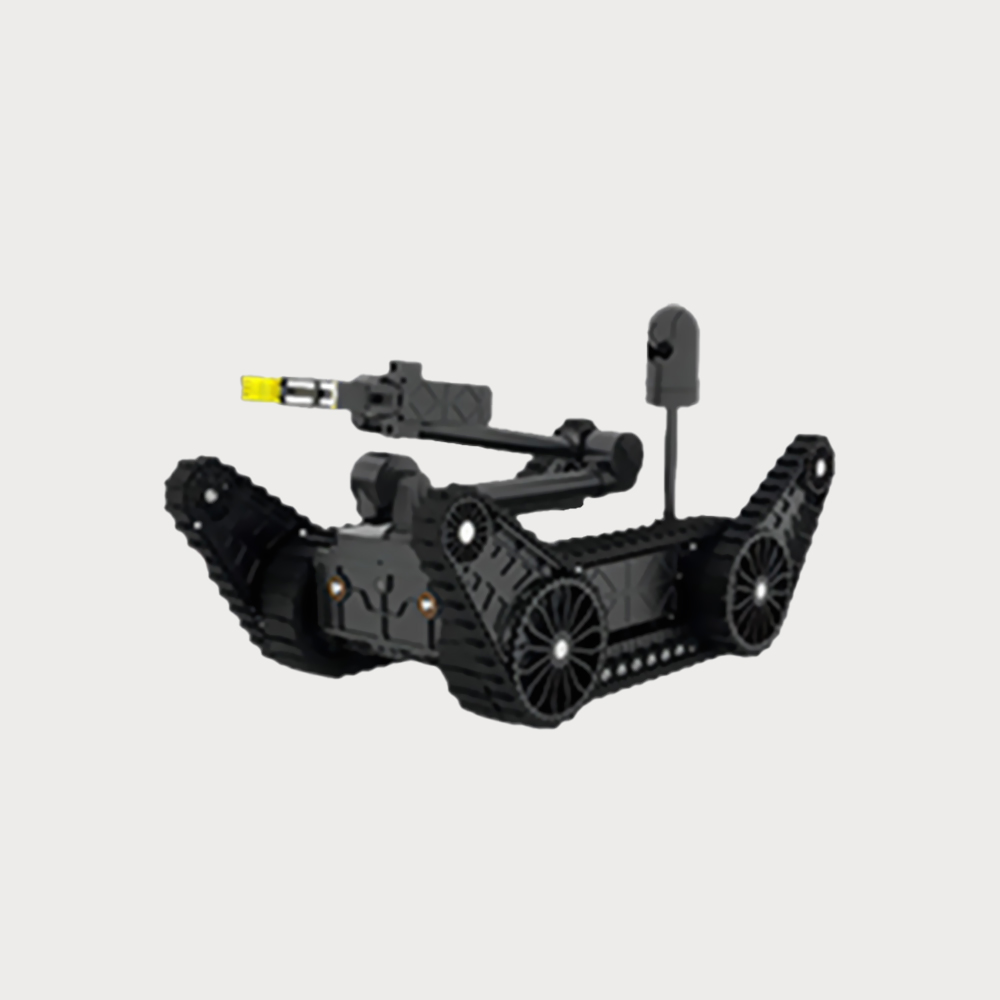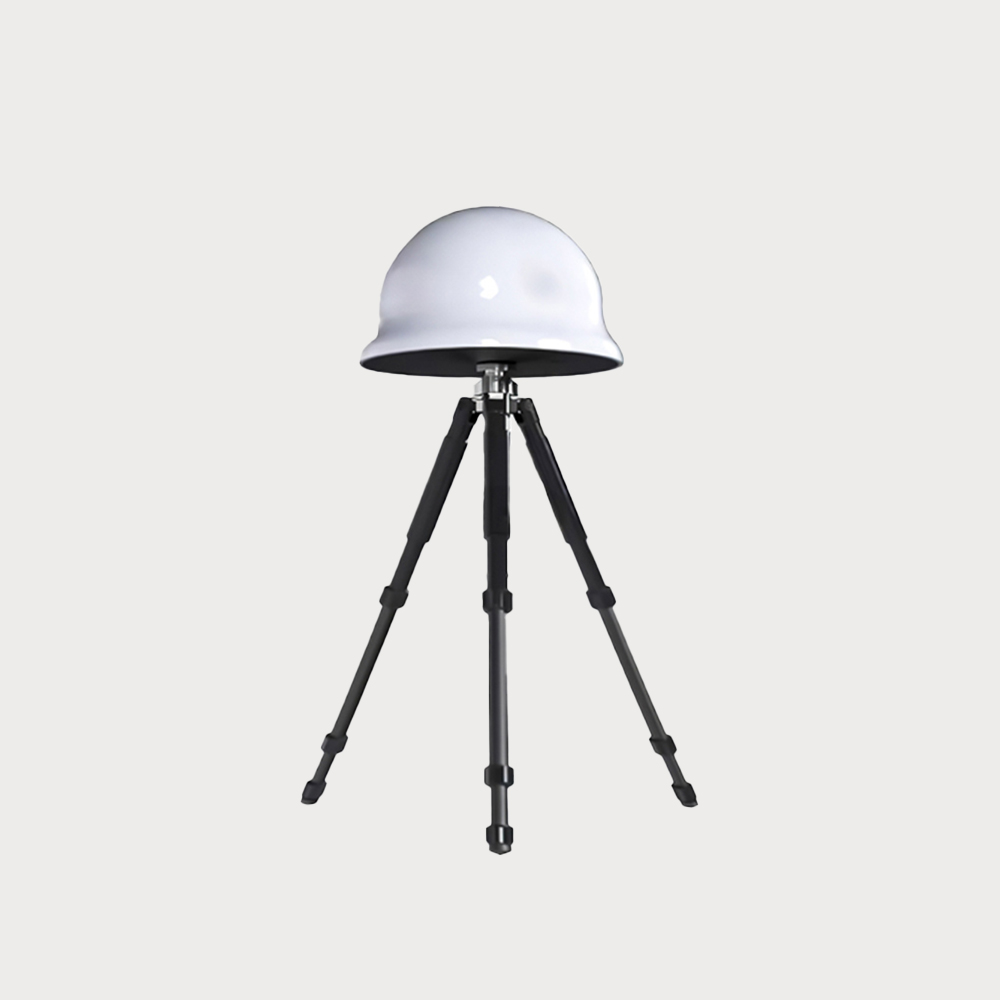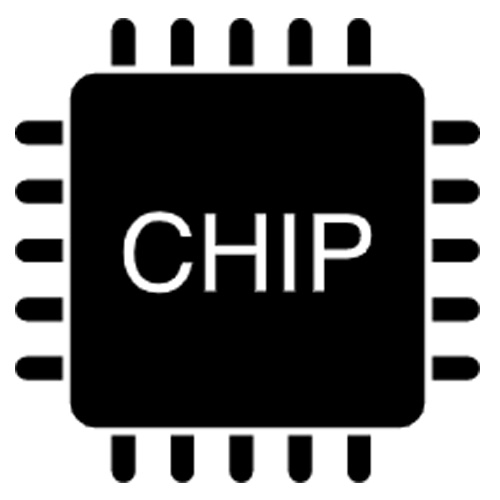-
The system passively intercepts the image transmission signal and remote control signal to achieve passive detection, sideways, distance and identification of the UAV
- It is used for the detection and early warning of UAVs beyond the visual range, which solves the disadvantages of the current UAVS detection equipment, such as large size, high weight, high cost and high power consumption. The system passively intercepts the picture transmission signal and remote control signal between the UAVs and the remote control, and realizes the passive detection and early warning of UAVs. In the flat and unobserved open area of DJI Spirit 4, the farthest detection and positioning horizontal distance of the drone reaches a radius of 7.5KM.
- $ 124900
- 0 in Stock NowJR-MD1117
-
GROUP
JR1117
-
QUANTITY
- Contact Online
The equipment is mainly used for UAV detection, identification and orientation; It can be freely combined with drone countermeasure equipment or decoy equipment to form a defense system.
Advantages:full-band monitoring, omnidirectional 360° dead-angle-free detection, detection distance ≥15KM, covering more than 95% of mainstream drones in the market
Description:The radio spectrum monitoring system passively intercepts the graphic signals and remote control signals between the drone and the remote control to achieve passive detection, profiling, identification and positioning of the drone
Application Fields:The equipment is suitable for power plants, petroleum and petrochemicals, aviation airports, activity sites, breeding farms and other areas of essential low-altitude protection.
• Whitelist and Blacklist: Ability to set whitelists and blacklists for specified drones.
• Unmanned Operation: Once fully automatic defense is activated, the system can operate in an unmanned mode, autonomously detecting. When equipped with a strike system, it automatically activates the strike mode.
• Remote Controller Recognition: Capable of recognizing ≥12 different types of non-DJI model aircraft drone controllers at one time.
• Precise Identification: Capable of precisely identifying the model and unique electronic fingerprint of drones, and simultaneously recognizing ≥35 different brands of drones and their corresponding IDs (identity verification).
• Advanced Early Warning Capability: No need for the drone to take off; detection is possible as soon as the drone is powered up on the ground, providing advanced early warning.
• Networked via Server: Multiple devices can be networked through a server to monitor each device's online/abnormal status and control devices, including but not limited to viewing the device system interface, receiving alarm messages, viewing the whitelist and blacklist, and activating defense functions.
• Visualization of Controlled Areas: Through a visual operation, directly plot the drone defense area.
• Multi-Target Discovery, Direction Finding, and Location: Capable of performing direction finding on multiple drones simultaneously and displaying information of multiple targets on the map simultaneously.
• Supports Online and Offline Map Switching, Street and Satellite Map Switching.
• Sample Creation and Automatic Recognition: The system has a built-in sample database, including characteristic data of known mainstream drone manufacturers, continuously updated. It automatically analyzes the parameters of detected targets, identifies the type of drone (brand, model, etc.) based on the built-in sample database, and can create a unique electronic fingerprint archive for the drone type based on the identified parameters for later alarm use. It can also distinguish drones of the same brand, model, location, and altitude.

 0
0
